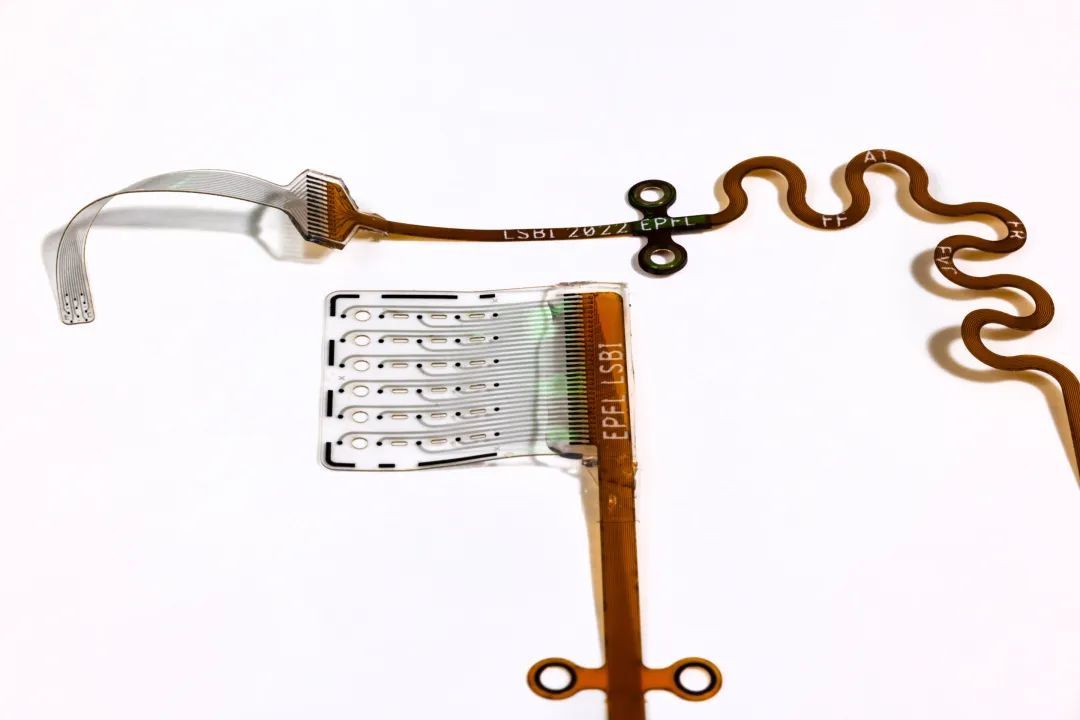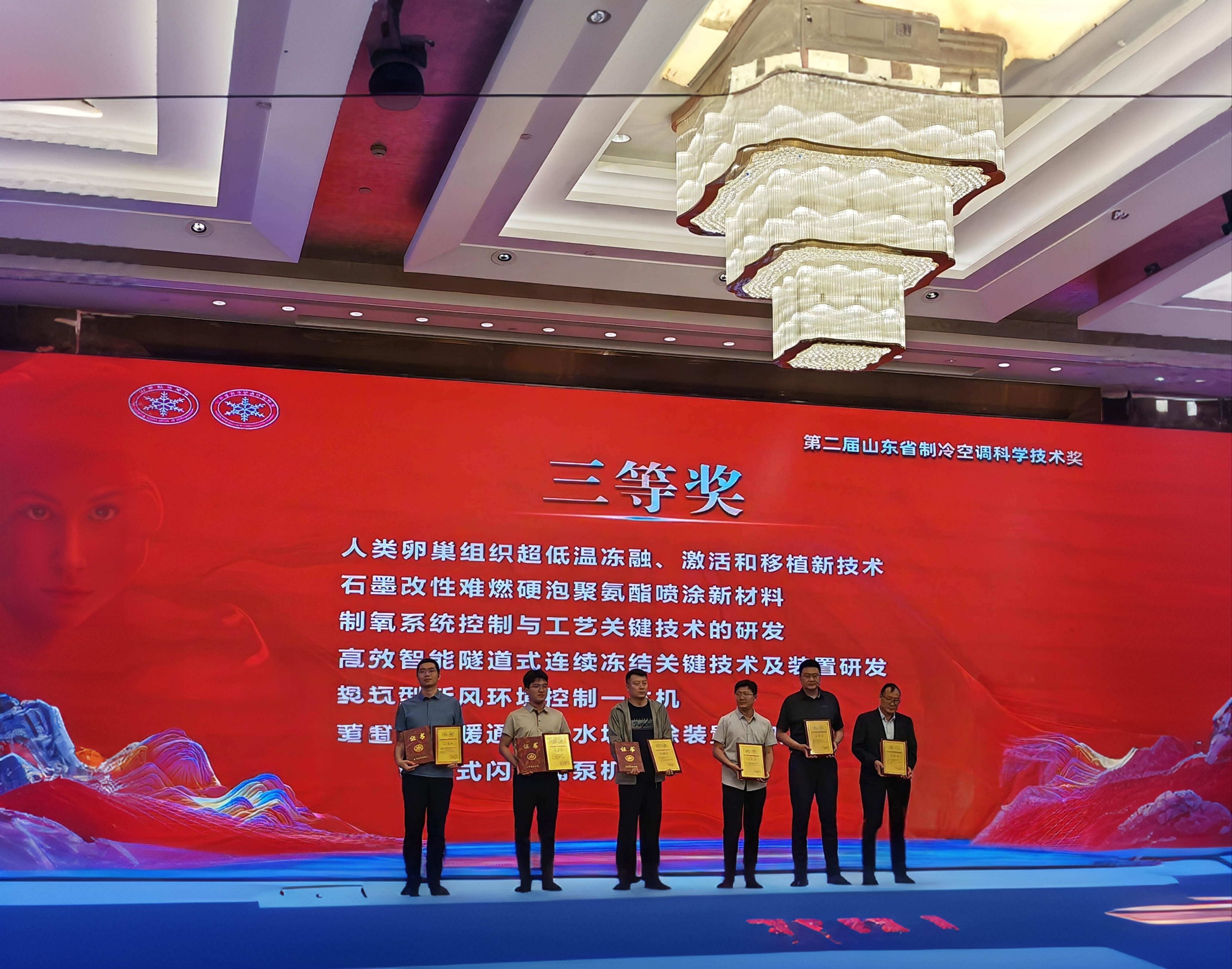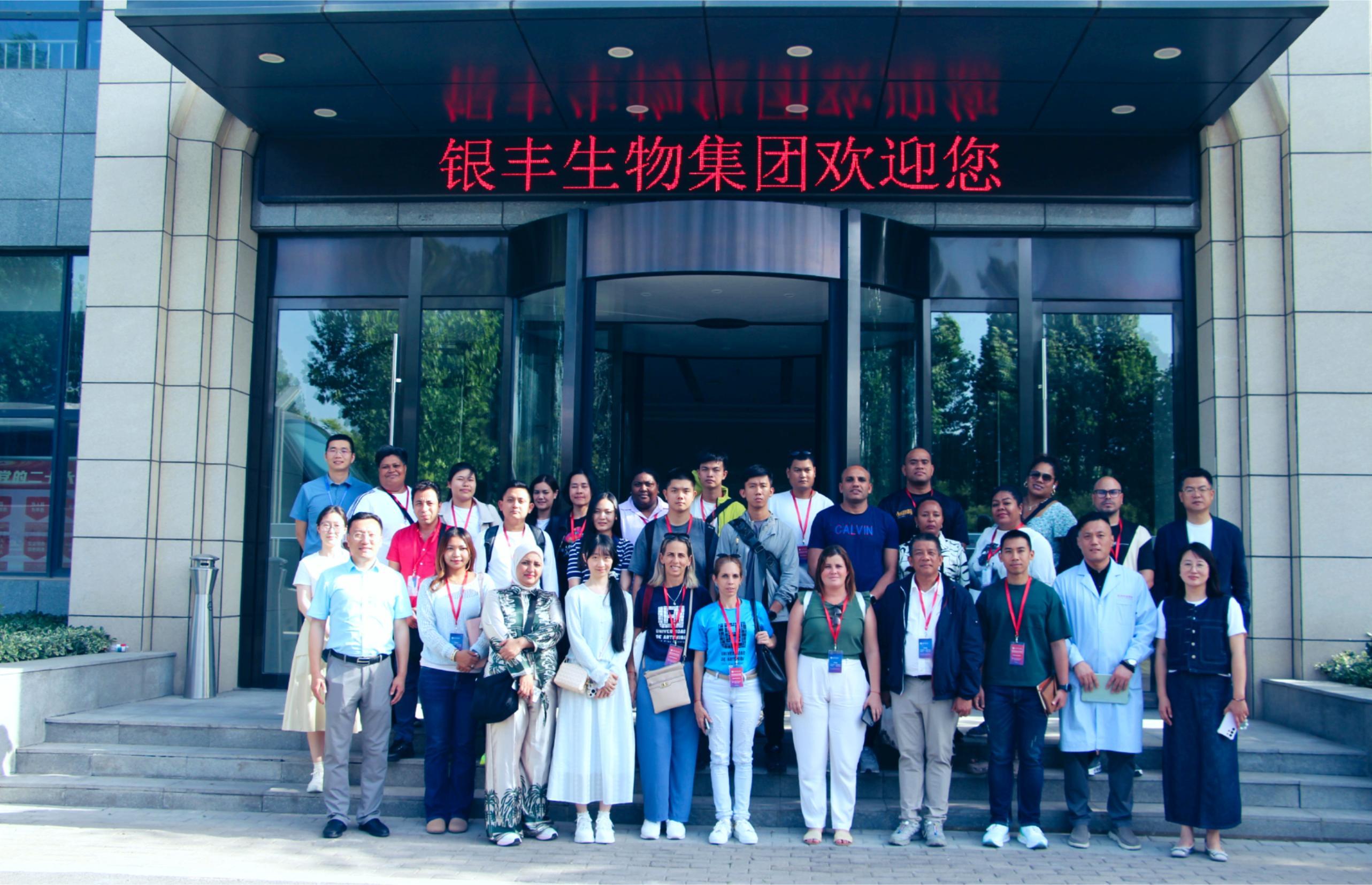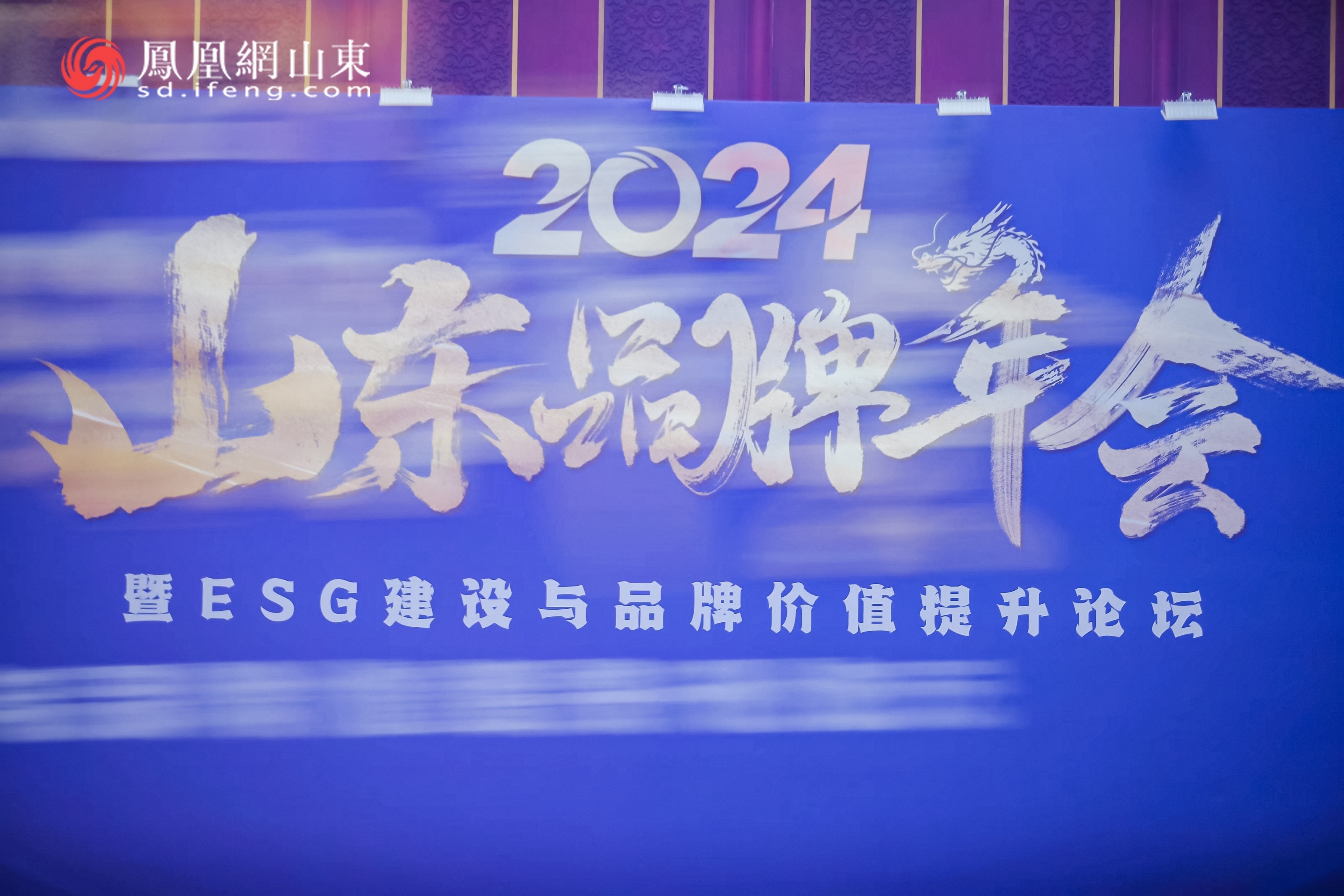New Flexible Auditory Brainstem Implant Offers Hope for Patients with Severe Hearing Loss
Release time:
2025-04-25
A research team from the Swiss Federal Institute of Technology Lausanne (EPFL) recently published a groundbreaking achievement in Nature Biomedical Engineering: the world’s first flexible auditory brainstem implant (ABI). This innovative technology aims to address the side effects caused by the rigid structure of traditional ABIs, offering a more precise and safe hearing restoration solution for patients with severe cochlear nerve damage who cannot benefit from cochlear implants.

Challenges of Traditional ABI Technology: Side Effects and Limited Efficacy
Since their inception, ABIs have been considered a "last resort" for patients ineligible for cochlear implants. However, conventional rigid electrode arrays struggle to conform to the brainstem’s complex curvature, leading to current spread and unintended nerve activation. Clinically, doctors often deactivate most electrodes to avoid side effects such as dizziness and facial twitching, leaving patients with only vague sound perception and an inability to discern speech.
"These limitations severely hinder the practical utility of ABIs, offering minimal improvement to patients’ quality of life," noted Professor Stéphanie P. Lacour, head of EPFL’s Soft Bioelectronic Interfaces Laboratory. "We need a solution that naturally conforms to brain tissue and delivers precise stimulation."
Flexible Breakthrough: Millimeter-Thick Film Adapts to Brainstem Curvature
The team leveraged advancements in materials science and microfabrication to develop a flexible ABI just millimeters thick. The device embeds micron-sized platinum electrodes into a silicone film, creating a bendable array that conforms seamlessly to the cochlear nucleus surface (with a radius as small as 3 mm). Compared to rigid implants, this flexible design reduces current leakage risks and enables more electrodes to operate simultaneously, enhancing sound resolution.
"Seamless contact between flexible electrodes and tissue is key," explained co-first author Alix Trouillet. "This not only lowers stimulation thresholds but also allows more electrodes to activate, laying the groundwork for high-resolution hearing restoration." The team also utilized microlithography to customize electrode layouts, with future plans to adjust electrode numbers (currently 11) and configurations for patient-specific frequency tuning.
Successful Animal Trials: Macaques "Understand" Electrical Pulse Signals
To validate the flexible ABI’s efficacy, the team conducted months of behavioral experiments on hearing-capable macaques. The monkeys were trained to distinguish between continuous tones using a joystick. Gradually, natural sounds were replaced with ABI-generated electrical stimuli, and eventually, fully artificial signals. Results showed the macaques could accurately differentiate subtle variations between electrode pairs, processing electrical pulses similarly to real sounds.
"The animals’ voluntary triggering of stimuli indicates no discomfort from artificial hearing," emphasized co-first author Emilie Revol. Notably, no facial twitching or side effects occurred, and the implant demonstrated long-term stability without displacement—a common issue causing performance degradation in traditional ABIs.
Clinical Prospects: Potential for Intraoperative Testing
Despite promising results, the team acknowledges challenges such as medical material certification and long-term reliability testing before clinical use. Prof. Lacour revealed plans to collaborate with clinical partners in Boston for short-term intraoperative testing of flexible electrodes during human ABI surgeries, comparing their ability to reduce unintended nerve activation versus traditional devices.
"If intraoperative trials succeed, flexible ABIs could usher in a new era of hearing rehabilitation," Lacour stated. Future efforts will focus on increasing electrode density for improved sound resolution and exploring broader applications in neuroregulation.
Broader Implications
EPFL’s research not only brings hope to patients with severe hearing loss but also sets a benchmark for flexible bioelectronic devices. As the technology evolves and advances toward clinical adoption, flexible ABIs may become the next milestone in neural repair, redefining the boundaries of human-machine interaction.
Latest developments
Recently, the "Novel Technology for Ultra-Low Temperature Cryopreservation, Activation, and Transplantation of Human Ovarian Tissue," developed through a collaborative effort between Shandong Yinfeng Life Science Research Institute and Beijing University of Chinese Medicine Shenzhen Hospital, has been awarded the 2025 Shandong Refrigeration and Air Conditioning Science and Technology Award. This groundbreaking technology pioneers a new pathway for female fertility preservation, marking a significant leap in China’s interdisciplinary advancements in reproductive medicine and cryobiology.
On May 19, a delegation from the Chinese Training Workshop for Government Officials of Developing Countries visited the exhibition hall of Yinfeng Biological Group's Cryomedicine Research Center. Government officials from multiple countries gained in-depth insights into Yinfeng’s innovative achievements in cryobiomedicine, cell storage, genetic technology, and other fields. They engaged in discussions with the delegation on technology transfer and international cooperation, contributing to the building of a global community with a shared future for humanity.
On the morning of May 17, 2025, an immersive exploration into life sciences and cryomedicine concluded successfully at Jinan Yinfeng Biological Science Park. Hosted by the Shandong Yinfeng Life Science Research Institute, this event offered members a firsthand look into the research base through activities such as ultra-low temperature cryotherapy experiences, brainwave signal acquisition system trials, and expert panel discussions. Participants witnessed the infinite possibilities that cryogenic technology and life sciences hold for humanity.
The international academic platform ScholarGPS recently announced its global lists of Highly Ranked Scholars - Lifetime and Highly Ranked Scholars - Prior 5 Years, recognizing the top 0.05% of scholars across various disciplines. Among the selected Chinese scholars are national-level talents, leading figures in specialized fields, and seasoned academics dedicated to long-term research.
In January 2025, members of the Yinfeng cryomedicine team actively participated in the "Sino-French Aerial Emergency Medical Rescue Training" and obtained certification. This signifies a further enhancement of the team's professional capabilities in the field of international emergency medical rescue.
Brands are an important symbol of high-quality development. Under the drive of strategies such as Brand Strong Province and Good Products Shandong, Shandong brands have risen to prominence. Particularly in recent years, Shandong brands have focused on new quality productivity, using "new" to enhance quality, achieving remarkable results in high-quality development.












